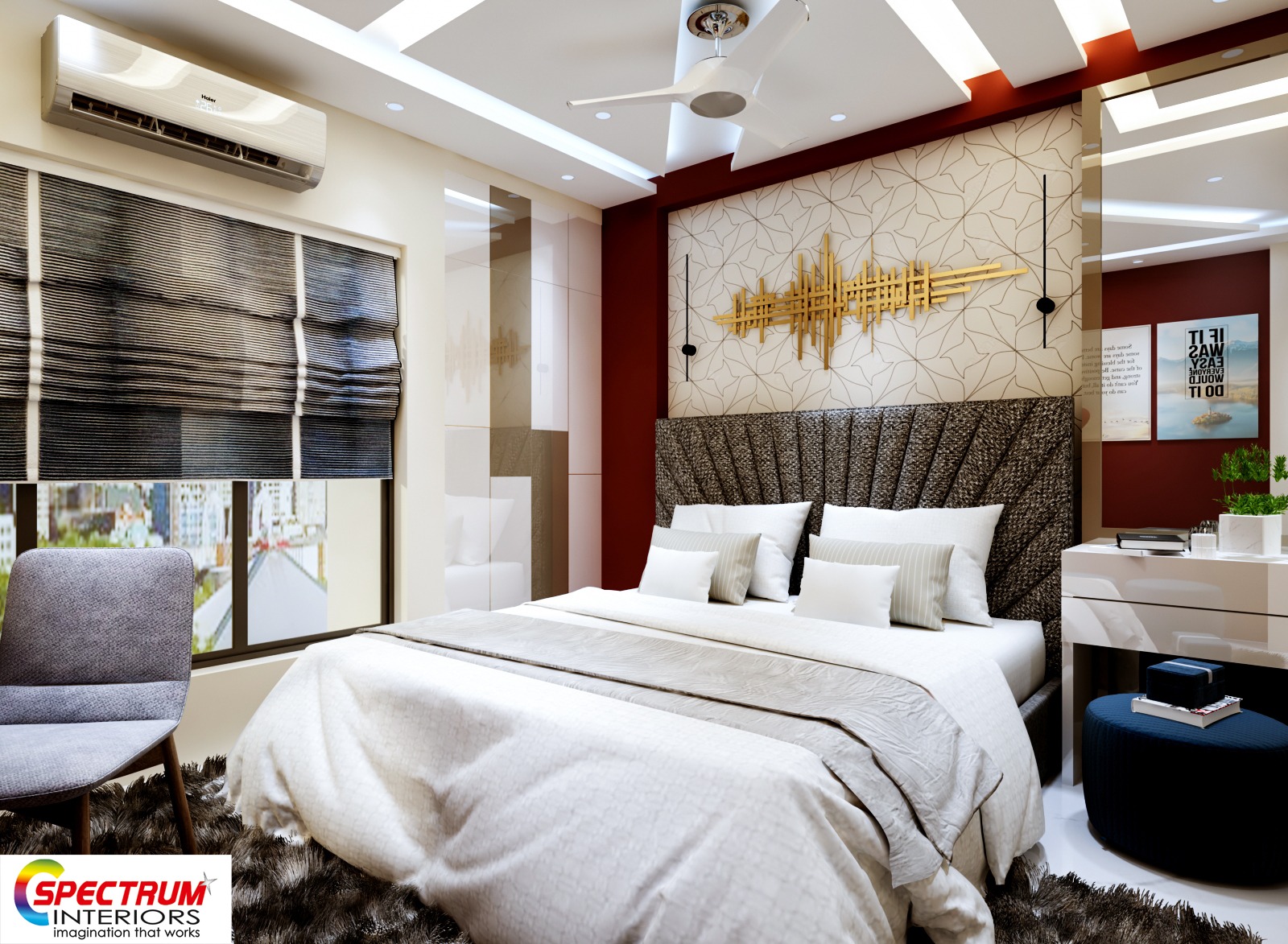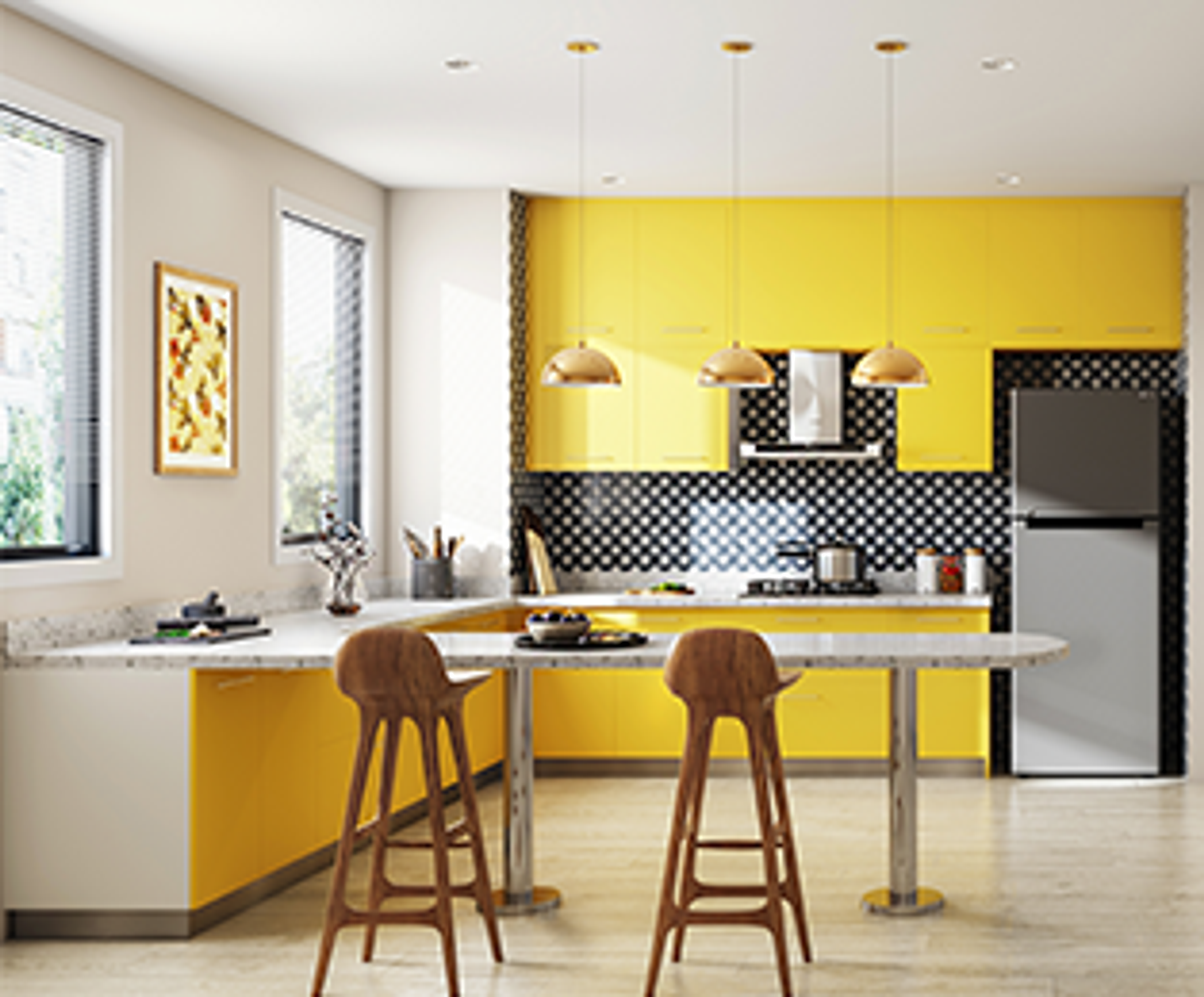Find renowned interior design firms that redefine elegance.
Find renowned interior design firms that redefine elegance.
Blog Article
Change Your Home With Crucial Concepts of Interior Decoration and Appearances
By recognizing the influence of shade theory and the relevance of structure and patterns, one can develop rooms that are not only aesthetically appealing however likewise deeply individual. Achieving this stability includes more than simple decoration; it encompasses a strategic setup and an eager understanding of just how each component connects within a room.
Recognizing Color Theory
Color concept is an essential element of interior decoration that significantly influences mood, understanding, and total visual. Comprehending the concepts of color concept permits developers to produce spaces that reverberate mentally with occupants while satisfying functional requirements (interior design firms). Shades can be categorized right into three primary kinds: key, additional, and tertiary. Each classification plays an essential function in developing harmony within a room.
The psychological influence of colors is profound; warm colors such as reds and oranges evoke energy and warmth, while amazing tones like blues and eco-friendlies promote calmness and harmony. The use of corresponding shades enhances visual rate of interest, producing striking contrasts that can raise an area's allure.
Neutral colors, on the various other hand, work as a flexible backdrop, permitting various other style aspects to beam. It is important to think about elements such as lights and the room's function when picking a shade scheme, as these can modify the assumption of colors throughout the day.
Inevitably, a well-considered color pattern can change a space, promoting a sense of convenience and design that lines up with the residents' preferences. Proficiency of shade concept is, as a result, a crucial ability for any interior designer aiming to create unified and welcoming settings.
Attaining Balance in Design
Just how can designers achieve a feeling of stability in their spaces? Accomplishing equilibrium in style is fundamental to producing unified interiors.
Unbalanced equilibrium, on the various other hand, depends on varying aspects that still attain a cohesive appearance. This approach permits more dynamic and informal setups, supplying passion while preserving stability. By very carefully choosing differing dimensions, colors, and textures, designers can produce a visually engaging room that really feels balanced yet energised.
Radial balance highlights a main focal factor with aspects emitting exterior. This style is frequently seen in circular formats, where furniture and style create a cohesive surround that draws the eye internal.
Ultimately, attaining balance calls for thoughtful consideration of scale, percentage, and the connections in between components. interior design firms. By masterfully using these equilibrium concepts, designers can change rooms right into atmospheres that really feel both visually pleasing and functionally harmonious, improving the general experience for passengers
Relevance of Spatial Recognition

An eager sense of spatial understanding enables designers to identify focal factors within a space, guiding the customer's focus to vital features while maintaining an overall feeling of unity. It also aids in the calculated placement of lighting, which can substantially affect the assumption of area and state of mind. Recognizing spatial partnerships makes it possible for the developer to cater to the certain needs of inhabitants, ensuring that each location offers its desired purpose without endangering aesthetics.
Ultimately, spatial recognition is important for making the most of the possibility of any kind of indoor space. By thoroughly taking into consideration the interaction between dimensions, design, and feature, designers can create atmospheres that not only satisfy sensible needs but likewise evoke a sense of comfort and charm, enhancing the total living experience.
Including Structure and Patterns
Accepting a diverse series of textures and patterns can considerably boost the aesthetic check my source and responsive charm of an indoor room. The critical use numerous materials-- such as timber, metal, textile, and stone-- produces depth and rate of interest, making an area feel more welcoming and dynamic. As an example, integrating smooth surfaces with harsh textures can develop an equilibrium that draws the eye and involves the detects.
When including patterns, take into consideration both range and repeating. Huge patterns can serve as prime focus, while smaller sized, refined layouts can complement various other components without overwhelming the area. Layering patterns, such as pairing floral pillows with striped tosses, adds complexity and a feeling of consistency if implemented thoughtfully.
It is also important to keep a cohesive shade combination, making sure that structures and patterns interact as opposed to contend for attention. By choosing a couple of essential textures and patterns, you can produce an unified aesthetic that mirrors your individual style while enhancing the overall setting of the area. Eventually, the cautious consolidation of these aspects can transform a mundane room into an innovative environment abundant with personality and heat.
Customizing Your Area
Creating a room that mirrors your individuality is crucial to attaining a truly welcoming atmosphere. Personalization go to this site in interior decoration permits you to instill your special style and rate of interests right into your home, changing it from a simple sanctuary into a shelter that talks to who you are. Begin by selecting a color scheme that reverberates with your emotions-- bold hues can invigorate, while soft tones offer harmony.
Incorporate art work and style that reflect your interests, whether it be travel, nature, or abstract concepts. Presenting individual collections, such as books, photos, or mementos, can evoke valued memories and create centerpieces within a space. Additionally, take into consideration personalizing useful items, like upholstered furniture, to line up with your aesthetic choices.

Verdict
In conclusion, the transformation of a home via the necessary concepts of interior decoration and aesthetic appeal requires an extensive understanding of shade concept, balance, spatial understanding, texture, and customization. Each element adds substantially to creating an unified and functional living setting - luxury interior design. By attentively incorporating these principles, individuals can boost the aesthetic charm and psychological vibration of their areas, ultimately fostering a home that shows distinct identities while supplying convenience and practicality
Report this page